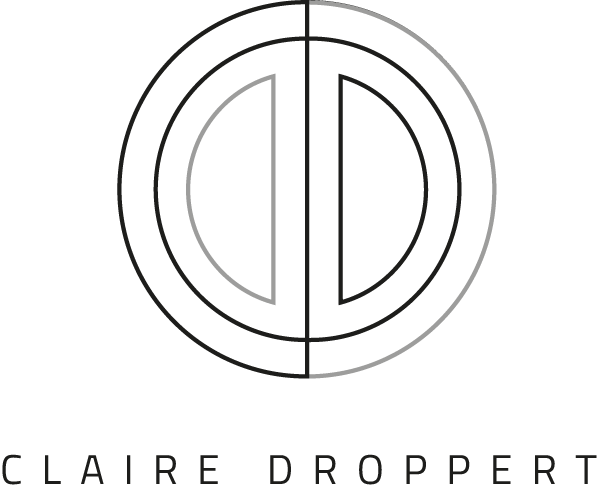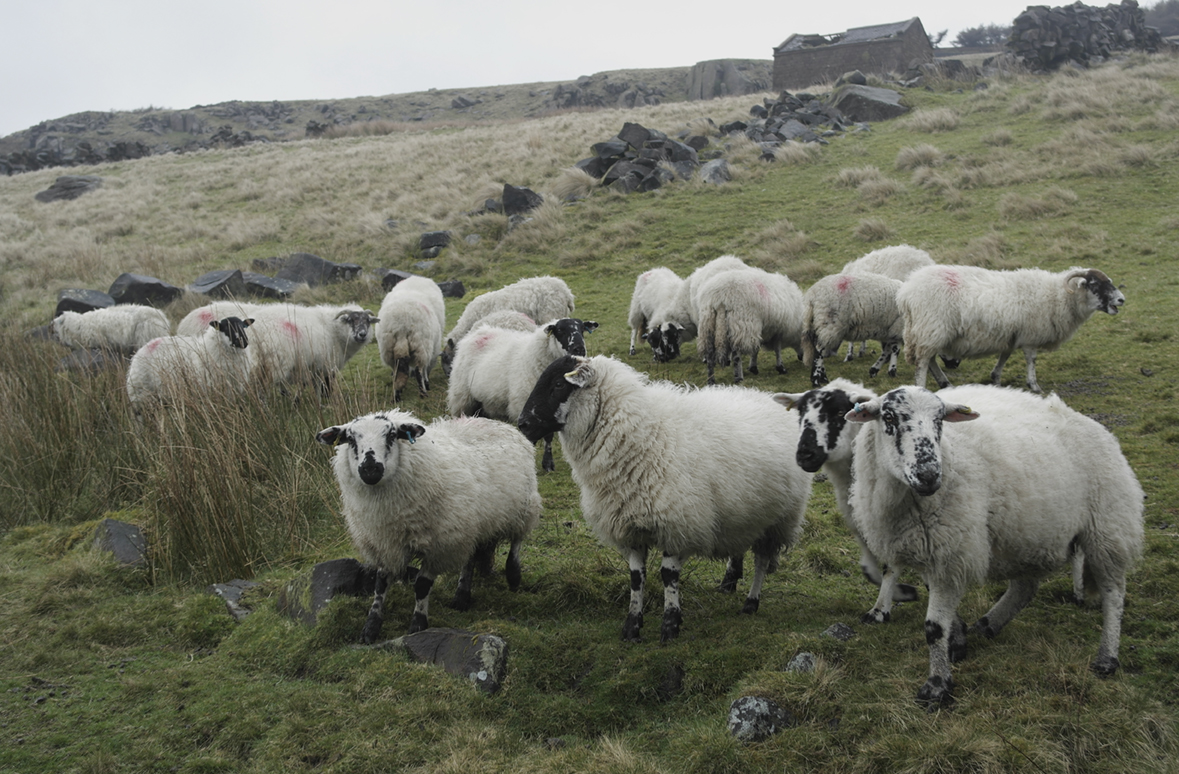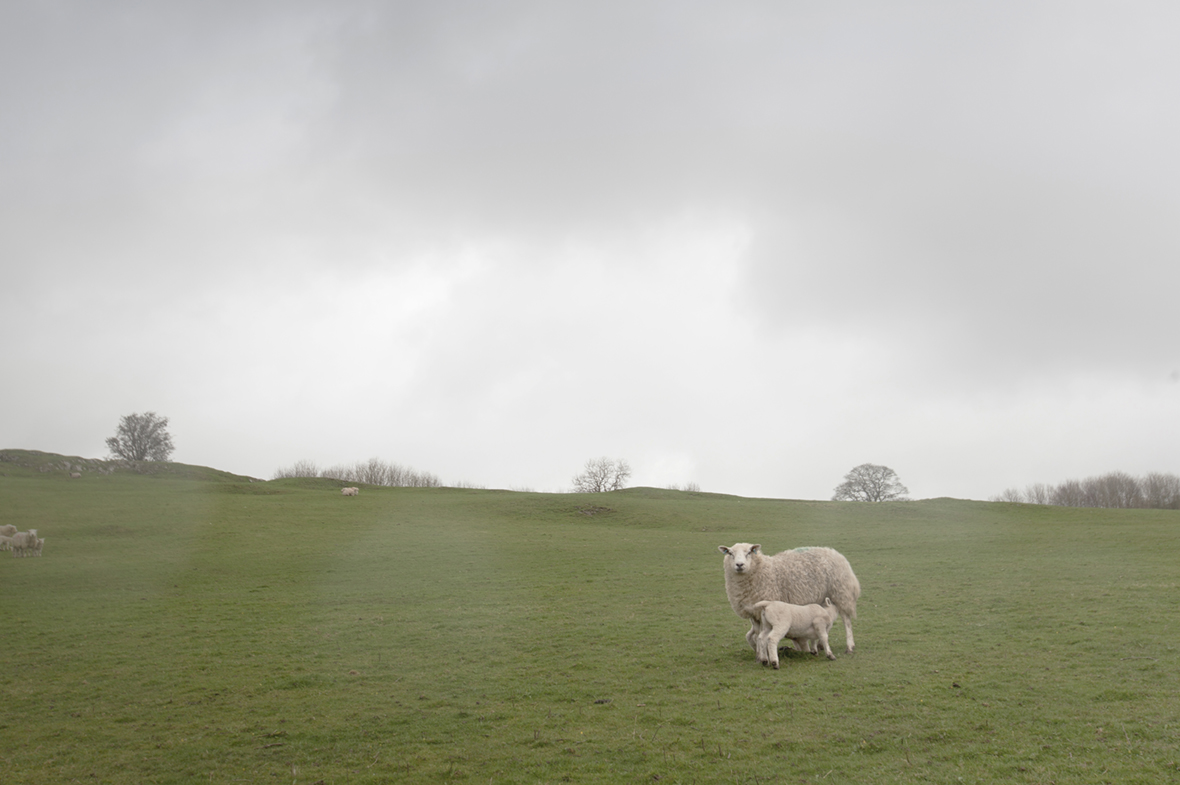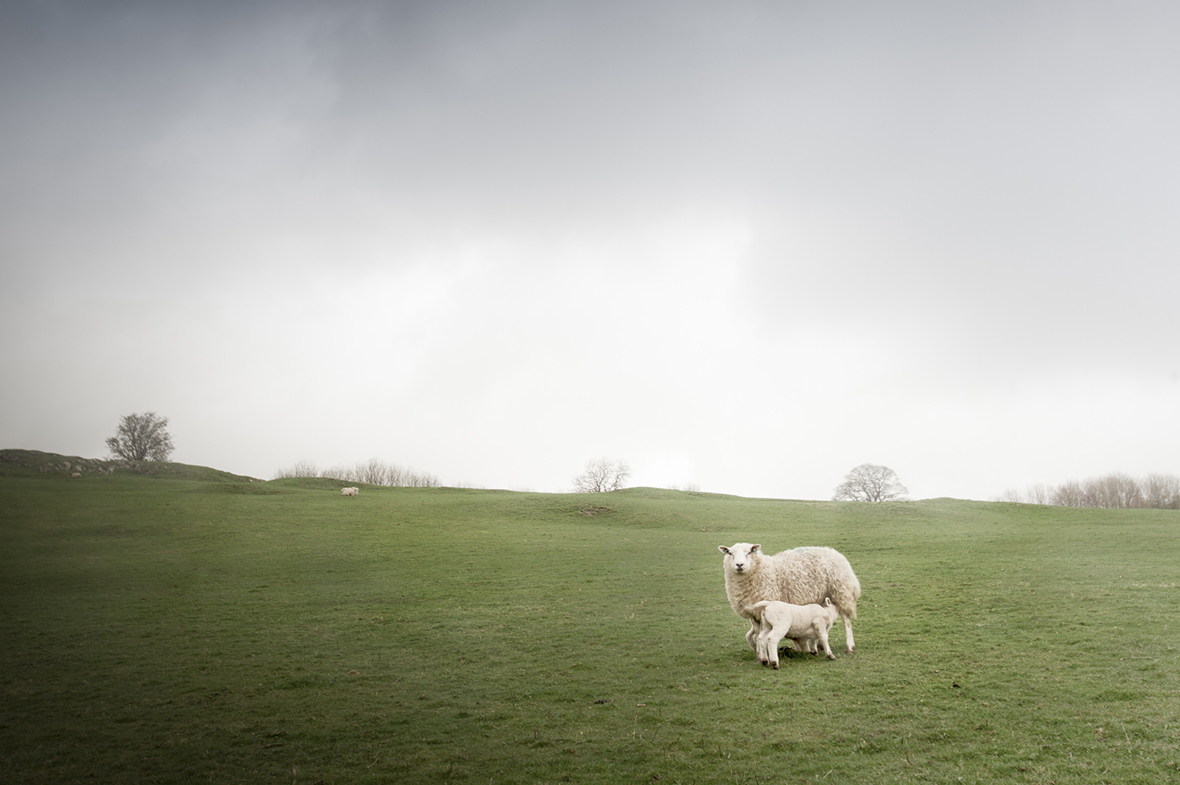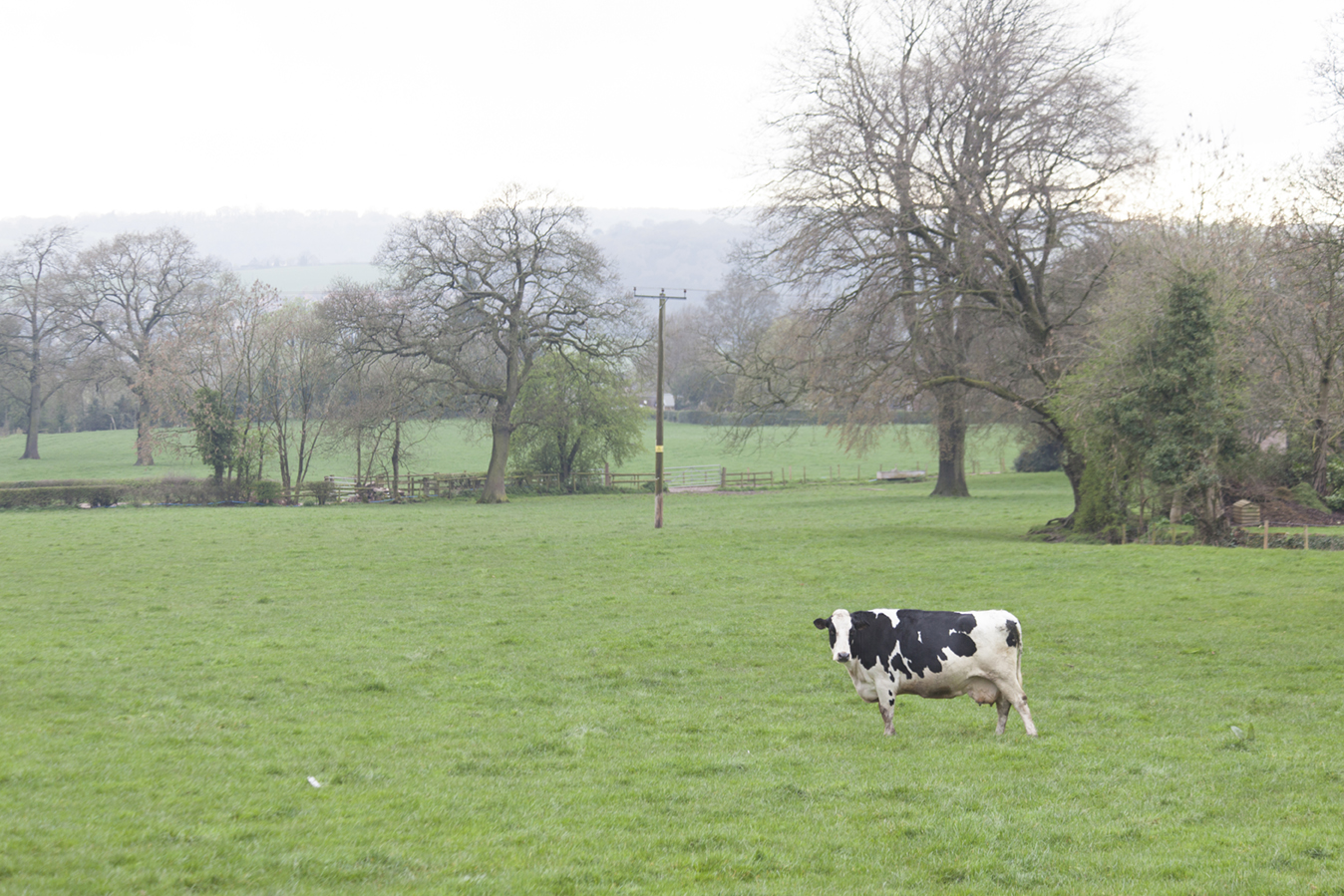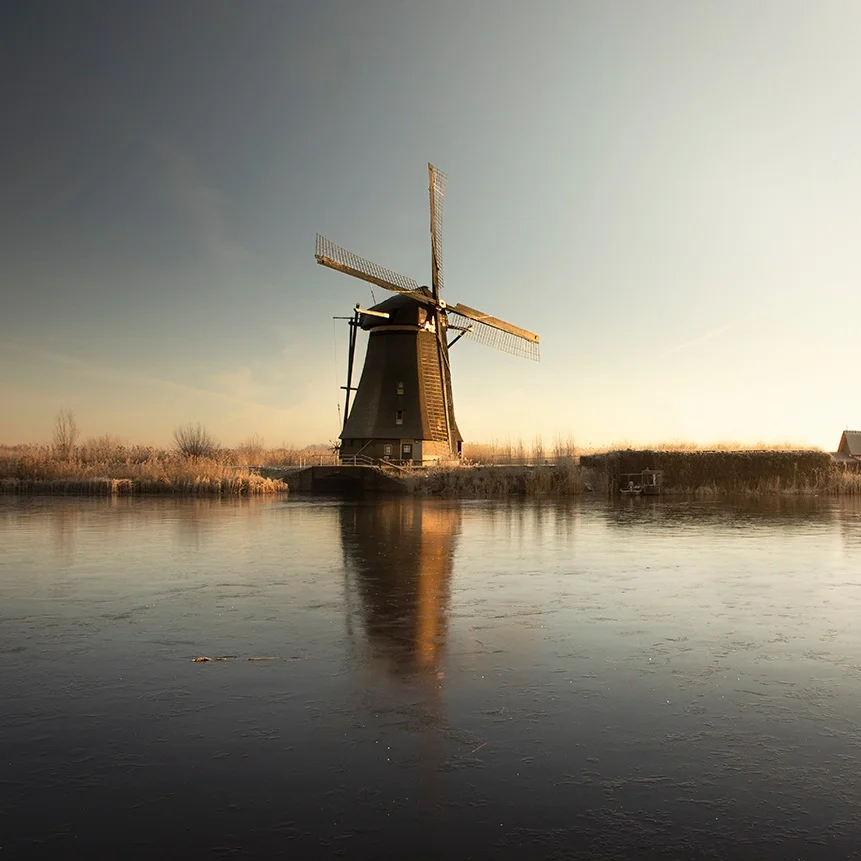I'm excited to write my second blog post and share its new content, as part of my partnership with Adobe. Within the post I hope to again, share some of my tips and tricks and editing techniques, when working with the tools offered by Adobe. I'm sure many photographers and artists reading my blog are very familiar with the Adobe Creative Cloud Photography plan and as a result, I personally believe many of us wouldn’t be as creative as we are today, without the possibilities offered by cutting edge products from Adobe.
I think photography is not all about editing, but it really does help to bring my vision to life and helps me create something personal and unique. Within this blog you will see my work being processed differently, using a variety of styles and techniques.
During my visit to England I visited the fantastic Peak District National Park. It is a stunning area of natural beauty and abundance of wildlife, which lives on in its moorland, woodland, wetland and grassland habitats. It is a stunning national park and highly regarded as one of the finest national parks in Britain, an upland area situated in England at the southernmost end of the Pennines.
My first image shows some beautiful horses found on the rugged Peak District farmland, close to the Roaches. I shot this image in raw and completed basic edits in Lightroom that made a powerful impact. I wanted to focus more on the brown horse and allow it to stand out. I did this by adding light with the local brush, adjusting the general clarity to get more detail and saturating the colours with the sliders, all in the basic adjustment panel.


Before and after (slide)
Basic panel slides
The Peak District is not only an area of AONB (Area of Outstanding Natural Beauty) and great diversity. It is also split into two geological ranges. The northern Dark Peak, where most of the moorland is found and whose geology is Gritstone and the Southern White Peak, where the geology is mainly made up from limestone.
Before and after (slide)
The radial gradient tool and Invert mask
This above image is one of my favourites, as it captures the essence of the Peak District and the contrasting tones of the sheep. It was a dull, overcast day, however you can easily adjust the light source through editing. Here I used the radial gradient tool in Lightroom. It allows you to create light or a vignette in a more custom, manipulative way. By dragging a circle you can create a mask. You can then modify the exposure, contrast and other attributes to the selection by dragging the slides. Invert your mask by checking the box (see above), this is how I made the shadows on the foreground darker. The sheep in the image will then stand out even more. In Photoshop I used the unsharp mask tool to focus even more on features and details found within the image.
I arrive in Staffordshire (my base for the trip) and head straight to the Roaches range. The Roaches are stunning; they are situated in North Staffordshire and are located on the very edge of the Peak District National Park. Here you find a rugged, unforgiving landscape, remoteness and outstanding views of the surrounding countryside. On a clear day (at the summit) you will see into Wales and can pinpoint the Welsh mountains, probably even some sheep. If you look south you'll see the Long Mynd in Shropshire and close by, the beautiful Tittesworth reservoir. Here the ribbon of fresh water, set in the lush green valley, makes for a popular destination with families and a stunning backdrop for a great photo.
An aspect of wildlife photography I enjoy most is being able to wander through nature and come across beautiful pieces of landscape. This photo captures the very essence of the Roaches, as described above. Here I used a different set of tools to create a local light effect on the face of the rock. In Photoshop I used a mask in the curve adjustment tool and with the brush tool deleted parts of the mask removing the darkest areas, giving it more depth. These edits allow me to adjust the light of the rock in a detailed way. Within Photoshop I also used the dodge tool again, to help bring out the light source within the low cloud cover.
I head towards Roach End farm and travel the long and winding road. I don't see many cars, but just admire the view set out before me, as the road takes me higher and higher, through fields filled with local sheep. I look to the right and see the valley open up, with rays of sunlight amongst the rain showers. In distance is the highest village in England, 'Flash' and the 'flat topped' hill called Shutingsloe, which is found in the neighbouring county of Cheshire.
In this image I was on my way up to the top, so I stopped to capture the sheep. It was raining and since I wasn't carrying a lens cap, I had raindrops on the image. Photoshop provides a range a tools to help get rid of them. In this case I used the clone stamp (S) and the quick retouch brush (J). I also cropped the image (C) for a better composition and used the quick retouch brush (J) to remove the leftovers of the cropped sheep.
Eventually, I used the gradient tool in Lightroom to add color, darkness and contrast to make it look more dramatic and let the sheep stand out more.
Before and after (slide)
Gradient tool in Lightroom
The landscape in the roaches is mainly moorland and very unforgiving. The weather can also change very quickly and can be unforgiving too, with low cloud often surrounding you in an instance. You need to be prepared with suitable outdoor gear and read for anything 'mother nature' might throw at you. The landscape flora is mainly heather, it stretches for miles and changes colour from season to season. Lone trees are found here and there and just where the road drops down the valley on the other side, I see a beauty. Maybe I'm strange, but I do love a 'lone tree'. Sitting here all alone I cannot help but stop and capture this beauty, so interesting and so perfect for the picture below.
Much like seeing a lone sheep or cow in the wild, this lone tree was stunning in its great location, with an open landscape and a lot of light. In order to enhance this image and bring out the lone tree, I start with the lens correction function in Lightroom. The function detects the lens that has been used and will correct settings such as colour, vignetting and the distortion. I tend to use this in all my images, it helps form the basic starting point for my edits. Once this was completed, I also wanted to bring out the drama within the sky and detail within the heather on the hillside. For this, I used the local adjustment tool in Lightroom. Lightening the darker elements of the image, so to create further detail on the foreground.
I find the rugged path and begin to walk up the path that eventually leads you to the Roaches summit and beyond. It is a good climb, one that even I can walk up, without moaning too much. The stunning views are all around and if you stop for a second and watch the clouds rush by, you are reminded just how high you are. Coming from Holland, I can tell you it’s quite a novelty.
Once I have taken in the views at the top and captured the moment to admire the stunning scenery, I slowly descend downwards and follow the winding footpath through the grassy foothills and the green pastures of the local farms below. Here the cows are dotted amongst the fields, in such pretty fashion and the sound of the sheep can be heard for miles around.
In this capture the cow was standing in the field and it appeared to only have three legs. In this case I utilized the cloning tool in Photoshop and cloned the rear right leg of the cow to add as a fourth leg. It now doesn't look like the cow is opting a wind force 12 position anymore. :)
Before and after (slide)
Using the Clone Stamp tool (S) in Photoshop
For my last tip I used Photoshop. I duplicated the background layer and sharpened it with the unsharpen mask tool. After doing that I would create a mask and brush out the parts I wanted to be sharp. I focused on the eyes, which in my opinion are most important feature in this case, since you always automatically focus on the eyes.
Using the unsharp mask tool to focus
On my way back to the village of Meerbrook, I loved the breathtaking views and I stopped every now and then. I feel so lucky to be part of all this, a small object in a big picture. This is my favourite part of capturing wildlife photography. With great nature, beautiful animals and stunning landscapes, it makes me want to be outdoors and keep exploring. Although with the prospect of good food and a nice pint of cold drink at the local pub, my day of rambling and exploring must come to an end.
This blogpost is sponsored by Adobe. If you would like to find out more, check out this link about the Adobe Creative Cloud Photography plan.
